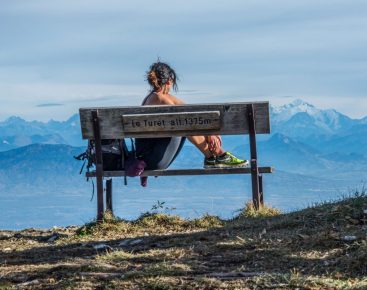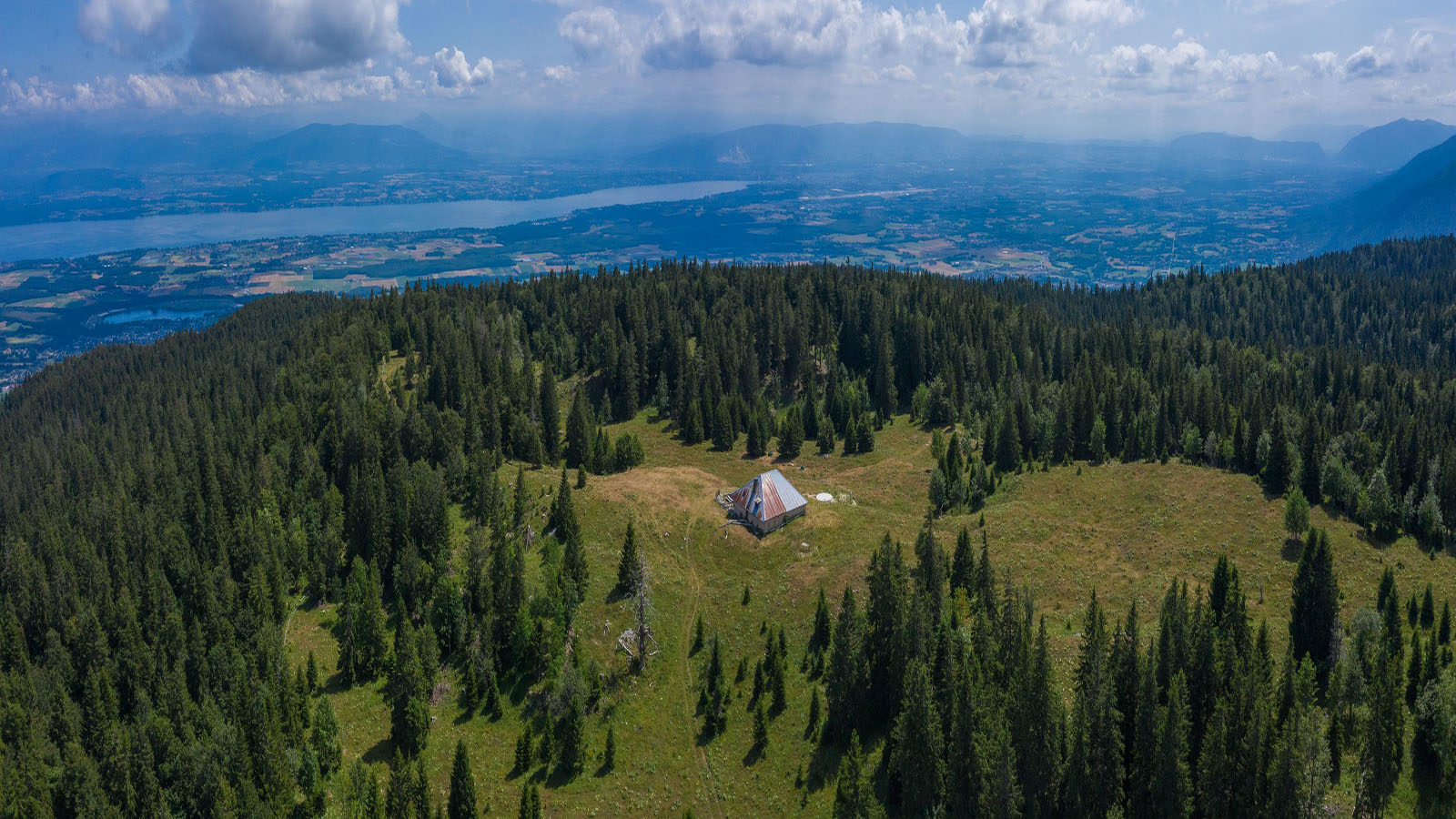Culture & Gastronomy Published on 30/03/2021
During your walks in the Valserine valley, take the time to look at the details of all these houses. They undoubtedly enhance our landscape…
A bit of history
The Valserine valley is a border territory, at the crossroads of the Haut-Bugey and the Haut-Jura.
Behind the architectural diversity, the rural habitat is everywhere. That of the farmer-breeders is now in the whole valley. The farms of a single block where the habitation function and the agricultural function coexist.
At first linked to the complementary tasks of agriculture (wood, iron and stone work), the pluriactivity was gradually adapted to the needs of specific industries such as lapidary.
Introduced in the Jura and the Valserine valley in the 18th century for the needs of the Geneva watchmaking industry, the cutting of fine and synthetic stones was carried out at home. This work guaranteed an additional income for the family during the winter months.
This additional work, which occupied a large number of families until the 20th century, required a certain amount of transformation of the buildings. The farms, which until then had been dedicated to the animals and to the storage of fodder, gradually developed spaces devoted to the domestic workshop.

Let’s start with the north of the Valley…
The block farms, often isolated, are arranged on both sides of the river. The land they occupy still forms in some places a strip delimited by low dry stone walls.
In the combe de Mijoux, the barn door is often located on the first floor of the farm. In the beginning, the man with his load of hay on his back could barely get through. The door opens most often in the gable wall on the side of the house. It is accessible either on the same level, or by a “barn raising” or “barn bridge“, if the farm is built on a slope.
A cladding of tavaillons (spruce boards) covers the walls exposed to rain and wind. The main façade facing east or northwest is sometimes sheltered by eaves. It rests on the overhang of the walls, windbreaks called “ coches “. This eave protects the access to the dwelling and the stable during the snowy periods. The compactness of the building, the adaptation to the slope of the land and the orientation of the main facade parallel to the course of the Valserine, constitute the identifiable elements of a specific architecture of the Haut-Jura.
Let’s continue downstream of the valley…
Following the course of the Valserine, the valley narrows under the lock of Niaizet to open again onto the valley of Chézery. Here, the roofs of the farms are long-sloped, without overhang on the gable and thus reinforcing the impression of compactness. The Coyau, a small sloping part of a roof slope, softens the slope in its lower part. A gallery, the balcony also called “pélet“, was used to dry firewood, laundry or crops which were more abundant in this part of the valley. The main facade, facing south, is perpendicular to the course of the Valserine, unlike the farms in the upper part of the valley.
This architectural heritage made up of traditional farms has lost its initial function. But it gives the built landscape its unity, its coherence and its richness. And… if we took a little height on the pastures of the high chain of the Jura…
From the Faucille pass to the Grand Crêt d’eau, the high pastures of the Monts Jura were used very early by the Gessian shepherds leading their herds in summer. The high Jura range still offers today several examples of alpine pasture chalets. They are inhabited during the summer season by the shepherds in charge of the herds.
The mountain pasture chalet bears witness to the evolution of pastoral practices in the high Jura mountain range. The chalets were built in the heart of important pastures where numerous herds grazed. The typical architecture of the chalets of the Haute chaîne are rectangular buildings on one level.
The roof, generally of sheet metal (formerly “tavaillonne” including the chimney) has a generous surface. It must collect rainwater for the cistern. It is long-sided with hips (2 sides, gable side, sloping and triangular). The rainwater collected from the roof is used for the shepherds. Indeed, the animals will drink in the basins dug in the ground, called “goyas“. In winter, the snow on the roof is a natural water reserve and forms an excellent thermal insulation.
This architectural heritage made up of traditional farms no longer has its original function. But it gives the built landscape its unity, its coherence and its richness.





